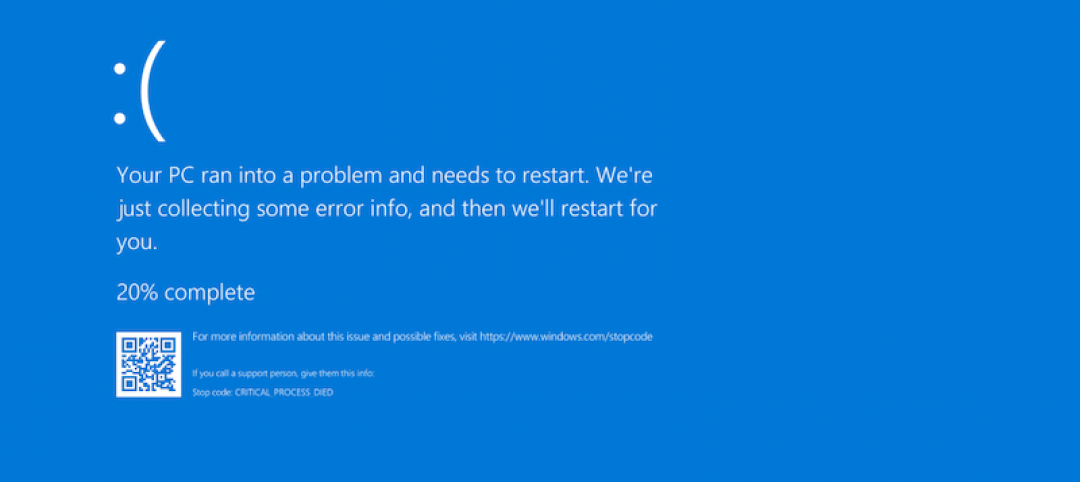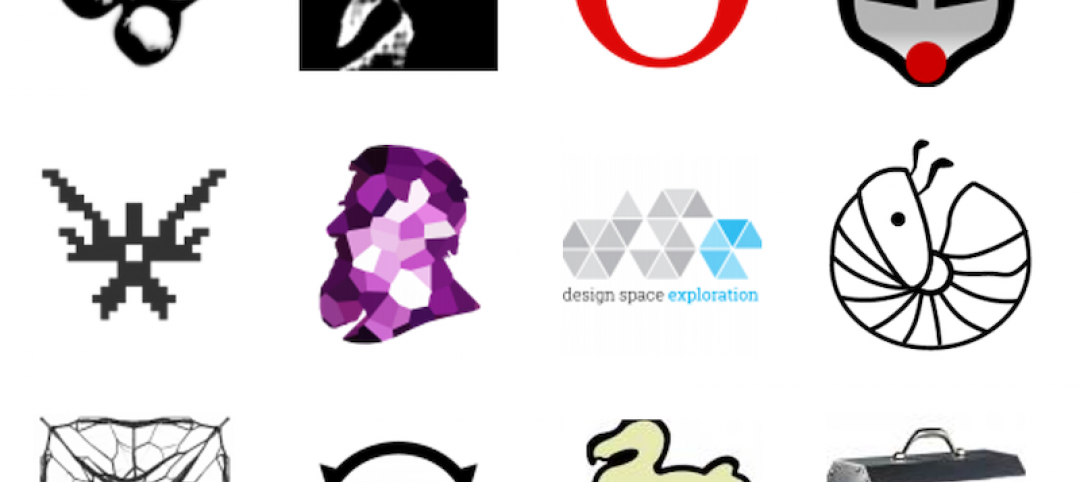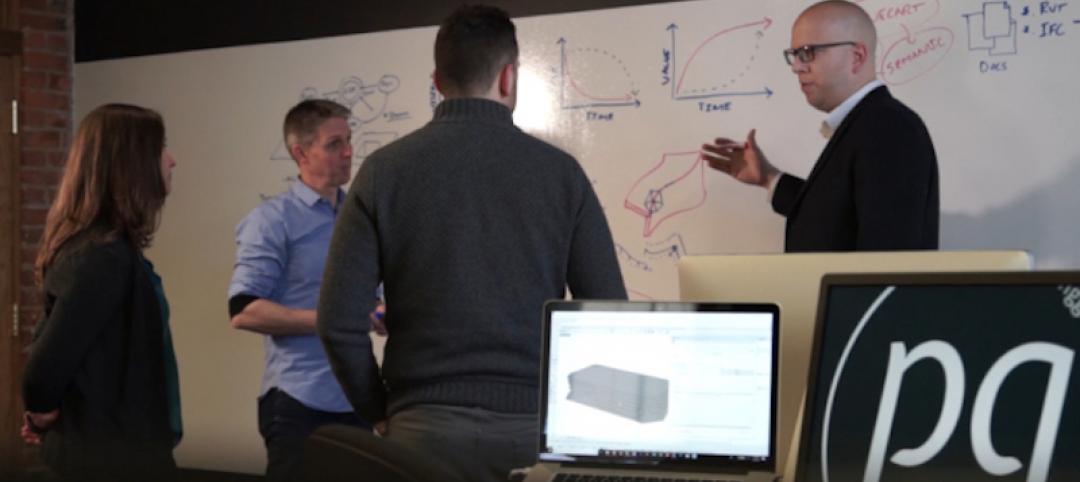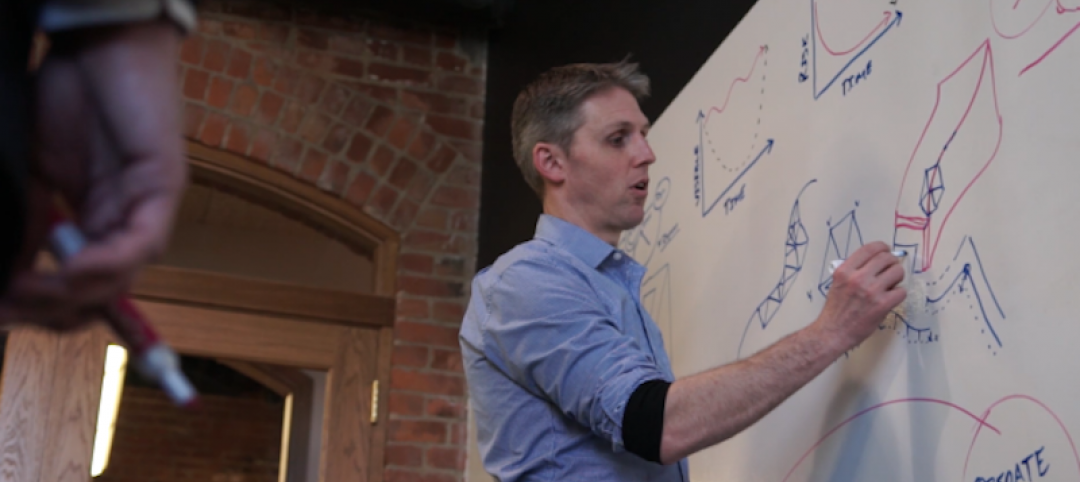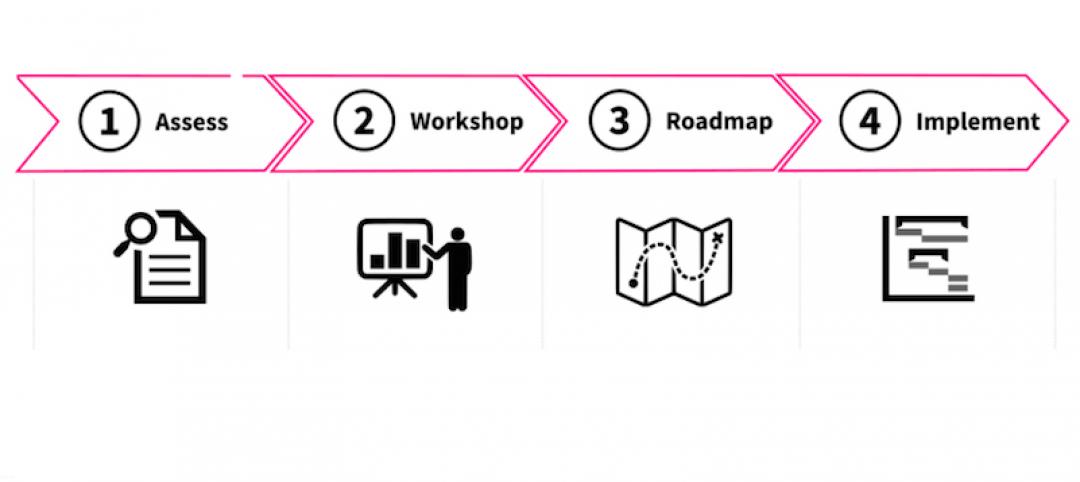Since removing impediments and barriers that contribute to unhealthy business practices is generally part of our pitch as consultants on innovation, I felt it best to address my personal observations on this subject in an extended blog post.
There are a number of reasons why an AECO business engages Proving Ground in a strategic consulting capacity. Among these might include some combination of problems with talent retention, losing a project due to a “more innovative” competitor, or a general sense that the practice is falling behind in the marketplace relative to emerging capabilities. There is also anxiety among practice leaders today that they are unable to attract and retain crucial talent and capability to their organization and are experiencing “brain drain” to alternative practices, tech start-ups, owners, and other builders. To remove some abstraction by way of example – on more than one occasion we have come into strategy workshop to find that a participant had recently given their notice that they were leaving the firm and would privately express hope that our insight would help the current firm get on the right track with its approach.
Why are good designers, talented technology experts, and architects leaving practice? Why won’t they stay?
One of the more crucial components of our strategic consultations is the stakeholder workshop which is positioned as a way to for members of the company at all levels to engage in discussions about the relative strengths and weaknesses they are observing and experiencing. Firm leaders often have a very different perspective on the direction of their practice than general design staff, managers, or marketers. When evaluating the opportunities for digital transformation and innovation within a business, feedback from the general staff and management is often the most telling relative to the health-related components of the practice – and the more toxic elements that contribute to poor culture of innovation.
Here are some of my own experiences and observations from our consultations that I believe firms should pay careful attention to. I have observed these result in side-effects of specialized employees feeling devalued, teams feeling unsupported in their work, and un-trusting – even contentious relationship with leaders – all contributing to toxicity for innovation.
I’ve presented these in the form of direct quotes from some of our more recent sessions. To add extra emphasis – many of these direct quotes have come out of strategic advising sessions with companies representing some of the largest architectural and engineering employers in North America.
“Getting support feels like a black hole of bureaucracy”
A simple question I use as a seemingly innocuous prompt for our sessions is the “if you need a digital resource to help you with your project, how are these requests fulfilled?” The responses commonly reveal a number of concerns pertaining to internal communication and support. It is not uncommon for us to hear about support requests hitting a dead end that results in lost work, unclear support communication streams that leads to an additional burden on teams, or even infighting and tensions between design staff and IT support policies. Recently I heard the statement: “every time we request something that we think will help our work, it seems to enter a black hole of bureaucracy.”
When asked to expand on this statement, the story was elaborated to describe examples where things such as training, software, or the hiring of key experts would be proposed to decision-makers and fall into a cycle of deliberation without a tangible result. “Do you, as a designer, understand where the budget is for these types of investments?” I asked.
A more humorous reply I was presented with is “asking for a license or training is like sending a letter to Santa Claus.”
A lack of transparency in decision making and communication streams, are perhaps the number one barrier we encounter at an organizational level that contributes to a feeling of isolation among design teams and the overall organizational strategy. Moreover, it also results in a feeling of not being supported in their day-to-day work.
“Innovation is treated as an expense not an investment”
Ultimately, transformational capabilities costs money. How the price tag is viewed by leaders in an organization is an important tell for how successful a firm is relative to topics of research, development, training, talent acquisition, and software purchases. Another question I like to pose to technology-oriented staff in particular is “do you feel the level of investment is there for you to be successful in your work?”
Of course, people will always tend to feel like investment can be higher – but that is often not what I am looking for.
A recent strategy session revealed important feedback: “Well, to be honest, I feel like my role is treated as an overhead expense. I’m always having to fight to defend the value I’m providing.” Another typical refrain I hear: “I feel like our leaders are stepping over a dollar to save a penny. They’re not looking at the long game.”
There are a few things in play here – first is a feeling of short-sightedness by company leadership when it comes to investments. Afterall, in the business of architecture and construction, the near-term dominates. Projects are the source of revenue and project milestones set the cadence of all staff effort. Creating a healthy culture of innovation can sometimes feel counterintuitive to conventional planning considerations. What we encourage firm leaders to look closely at is that, in the space of innovation, success can’t always be measured in near-term advantages. A long-view is absolutely required, along with contingencies for failure that often come along with a culture of experimentation and iteration.
The other component of these responses is a sense of value and worth in how a staff member’s role is framed. For example, if a specialist is providing a high-value capability to a firm’s operation yet is often referred to as an “overhead expense”, is it really any wonder when that individual may jump at another job opportunity that provides an alternative? I often work with firm leaders to discuss how to better frame roles and positions relative to innovation and research as important investments that will pay dividends over time.
“There is no path for me to move up in the company”
Within architecture practices, we are seeing the emergence of roles that exist outside of conventional definitions of “designer”, “architect”, or “manager”. A question I sometimes pose to leaders: “Where do you expect a computational designer or other specialist to be in your company in 5 years? What path are you helping them pave?”
“The leadership opportunity is there if they want it!” is a response I typically hear.
Then my followup: “Who here in the room has come into the firm from an unconventional professional background for an architecture firm leader?” Rarely have I encountered someone in the leadership group who has had direct experience in paving a path that was a-typical from the traditional professional growth trajectory in architecture. Often we see that if the path within a company is less defined than the path that exists outside, non-conventional talent will pursue opportunity elsewhere.
My larger point to leaders is to consider that the way they recognize professional accomplishment, promote leaders, and compensate for performance will necessarily change if their company plans to genuinely embrace new paradigms – whether it be through the lens of digital transformation or otherwise.
And it does need to start at the top – the refrain of “leadership is there if you want it” is a nice platitude on the surface but is ultimately a cop out that sends ambiguous signals to staff that want to grow with a business but also need both guidance to help grow along their unique trajectory. Crucially, they need to know that the growth opportunities within are real – sometimes strategic hires or promotions in key leadership positions can be a signal of tangible commitment.
I know others have more to say…
Normally I reserve this space to formulate some kind of conclusion or summary of my observations – and I have much more to say on this subject. In this case, I know many others that have their own stories to tell and the career paths they have taken as innovators in the building design and construction fields and encourage that these stories be told. I have seen respected colleagues thrive in the context of conventional practice and grow as leaders. I have also witnessed more mental breakdowns and damaged lifestyles than I care to comment on as a result of unhealthy and toxic business cultures that, in my view, are all too present in our design studios and construction sites.
While the experience I am able to directly convey in this article relates to the space of digital transformation and experts, I also feel it is important will note many related components to toxic business culture that also warrant further and deeper analysis – inequities in the workplace, implicit biases among leader demographics, and exploitative labor practices are among them.
With all that said, I will conclude by saying that many of the firms that have brought us to the table genuinely want guidance on how to improve their approach – which is a good sign for the future of practice and a step towards continuous improvement that can benefit our businesses and industry. Whether they are able to make the strategy actionable is ultimately on them.
More from Author
Nathan Miller | Apr 27, 2020
Computers are hard
Sure – computers today look nicer, the experience using them has improved, and we can do exponentially more with them following Moore’s law. But my central observation remains: computers are still hard to use.
Nathan Miller | Nov 26, 2019
Free Generative Design – A brief overview of tools created by the Grasshopper community
For over 12 years, a digital design community made up of professionals, researchers, and academics sprung up around Grasshopper.
Nathan Miller | May 14, 2018
4 tactics for our digital transformation
While our technology is becoming more advanced, the fundamental processes at the core of design and construction businesses have largely remained unchanged for decades.
Nathan Miller | Mar 7, 2018
Interoperability for the building industry – More wicked problems
This article is a follow up to Nathan Miller's 2016 article “The Wicked Problem of Interoperability”.
Nathan Miller | Dec 22, 2016
The success of your data strategy depends on healthy business practices
Data and digital tools are an absolute given to today’s building design and construction process. But creating a true data-driven workflow requires more than just a solid strategy, writes Proving Ground’s Nathan Miller.
Nathan Miller | Aug 22, 2016
The wicked problem of interoperability
Building professionals are often put in a situation where solving problems with the ‘best tool for the job’ comes at the cost of not being able to fully leverage data downstream without limitation, writes Proving Ground's Nathan Miller.


